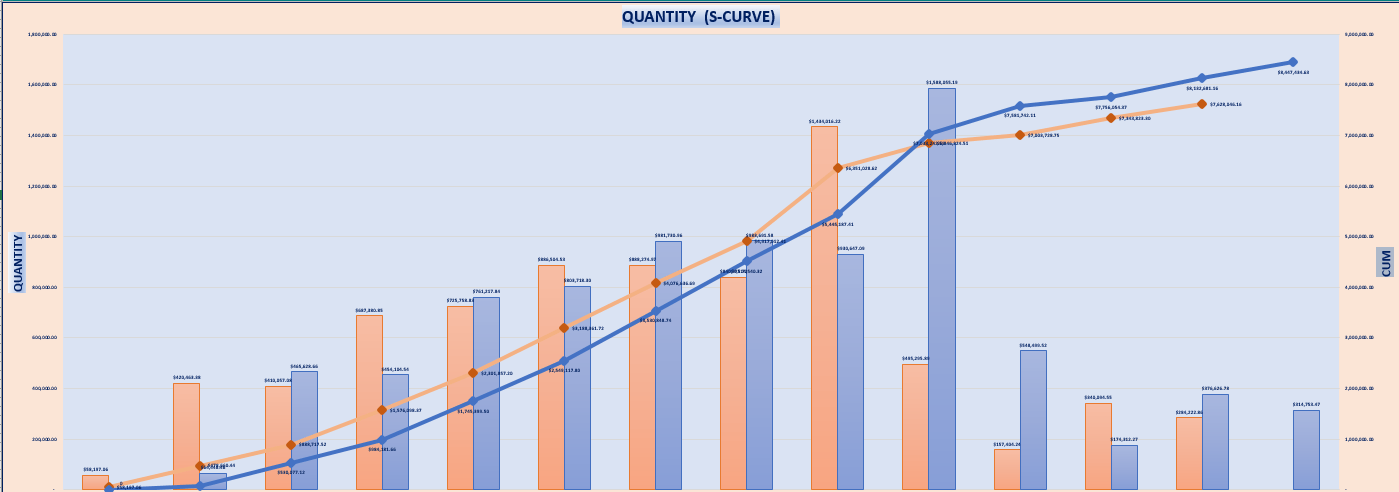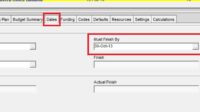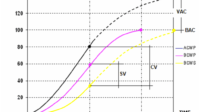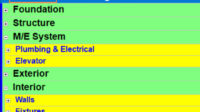When you use the s-curve, you may face quantity progress values in decimal percentages; usually, it separates into monthly, weekly or daily progress. This depends on the duration of the project.

The weighting value on this s curve represents the cost value (Bill of Quantity) that needs to be issued following the achievement of progress at a specific time (based on the cut-off date).
For example, you are involved in a flyover (toll road) project with progress up to the 3rd month, having completed Bore Pile (foundation work) for 200 drill points. So, regarding the financing quantity, the total weight of progress on the s-curve is the total cost incurred to complete these 200 drill points.
Overall, if it is accumulated until the end of the project plan, the total weighted value for Bore Pile is xx% according to the total costs that need to be spent on the project.
Many consider the weight value of the Bore Pile in the project’s s-curve to be the same as the physical progress value. This is not true.
For example, the Bore Pile work on project 1 has reached physical progress of 27000 M3. The unit price (M3) for this work is 900 USD. In comparison, the Bore Pile work is for project 2 27000 M3 with a unit price per M3 of 925 USD.
From the data on Projects 1 and 2 above, the Bore Pile work progress values may differ even though they have the same physical progress volume, for example, due to different volume unit prices.
If you want to determine physical progress, you need to do a percentage calculation on the same item.
For example, the total weight (Bill of Quantity) on the S-Curve until the end of the project for Bore Pile work is 19% of the total project weight.
After three months of running, the actual weight (Bill of Quantity) of the Bore Pile work, for example, 2.5% of the total project weight.
From the data above, you can estimate the physical progress of the Bore Pile work is 2.5*100/19 = 13.16 %.
You cannot determine that the physical progress of the Bore Pile is 2.5% of the total project’s physical progress because 2.5% is a financial number (Bill of Quantity). But you can calculate the physical progress of the Bore Pile by dividing it by the total planned weight (19%) of the Bore Pile itself, as in the example above.
So, if you want to calculate physical progress, you need to calculate progress per item (category). For example:
Tree Cutting Progress: 70.23%
Drainage Progress: 15.44%
Bore Pile Progress: 20.22%
Column Progress: 10.44 %
The physical progress above is obtained by dividing the progress of the Bill of Quantity for each item divided by the planned value (Bill of Quantity) for each item.






